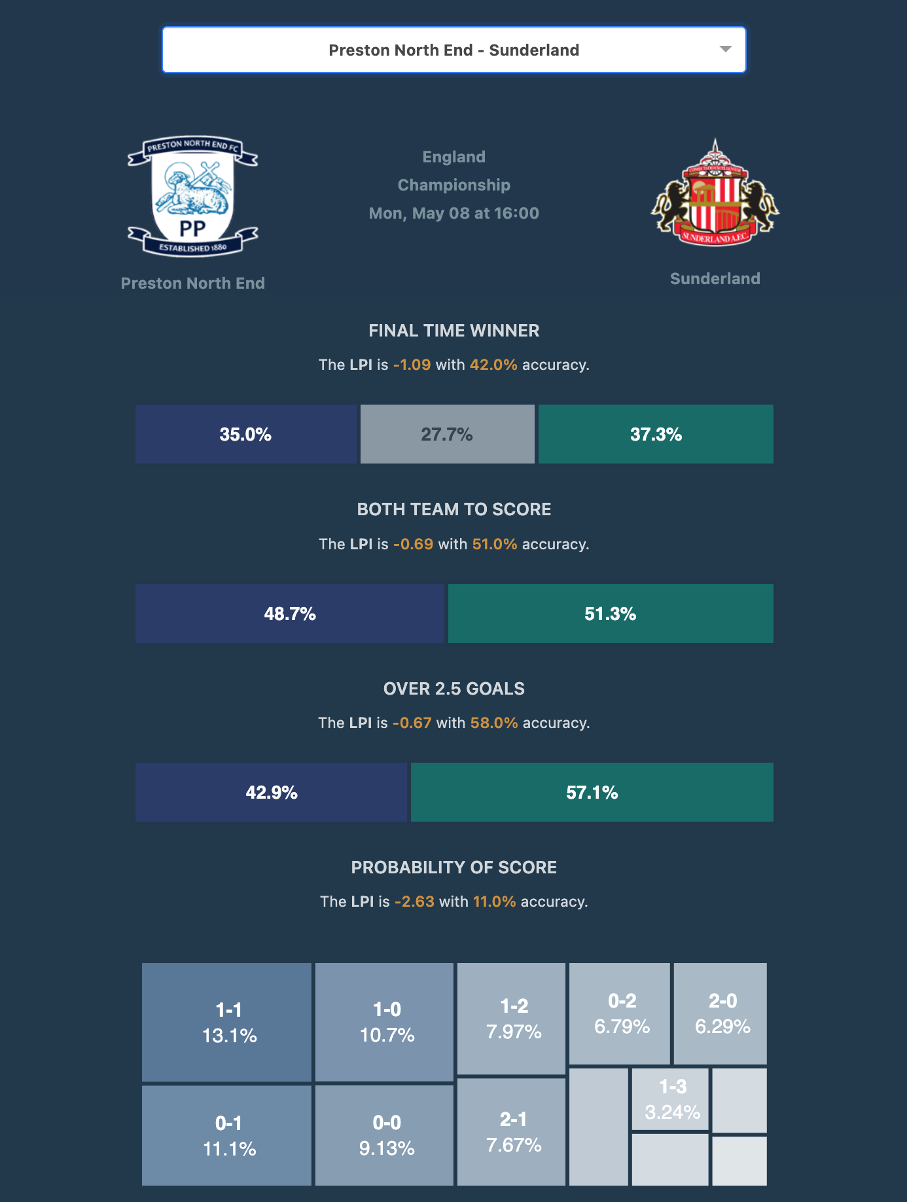In recent years, football has evolved into a game where information and statistics play a key role in influencing strategies and impacting outcomes. The days are over when it was when talent alone determined the success of a team. Currently, clubs and analysts depend significantly on data-driven insights to analyze player performance, devise tactical approaches, and make informed decisions for recruitment. The inclusion of statistics into football analysis has revolutionized how coaches and managers understand the game, allowing them to gain a more profound understanding of players’ contributions and the overall dynamics of team play.
As the sport continues to grow in complexity, the demand for precise and actionable data has risen sharply. With advancements in technology, analysts now have access to extensive amounts of information, from basic metrics like goals and assists to more complex statistics such as expected goals and player efficiency ratings. This richness of information equips teams with the tools they need to gain a competitive edge, making football analysis an integral component of modern coaching and management. In this article, we will investigate the vital role that statistics play in football analysis and how they are reshaping the landscape of the beautiful game.
Grasping Fundamental Metrics in Football
Data play a vital part in grasping the multiple aspects of soccer. At the core of soccer analysis lies a variety of measures that can show a team’s effectiveness, player performance, and general game trends. Key metrics such as goals made, set-ups, and on-target shots offer a simple framework for analyzing how successfully a club is performing in matches. By examining these figures, trainers and experts can pinpoint strengths and weaknesses, which is important for strategic preparation and match preparations.
Additionally important aspect of football statistics is player analytics. Statistical measures such as successful pass rate, successful defensive duels, and xG give clarity into individual performances. https://nohu90com.shop/ These statistics help coaches make informed judgments regarding player choices and strategies. By digging deeper into these data, scouts can identify players who add positively to the team dynamics and reveal areas where specific players may need enhancement or support.
Finally, contemporary soccer analysis employs enhanced statistics, such as controlled possession and player impact metrics, to offer a more nuanced understanding of the game. These advanced stats go beyond classic statistics to examine how players and teams control the game over the full 90 minutes. By combining these various insights, both teams and analysts can gain a holistic perspective of their performance, leading to better tactics and competitive advantages in games.

Cutting-edge Quantitative Techniques in Game Analysis
In modern football analysis, innovative quantitative methods have changed the way teams and evaluators assess athlete performance and match dynamics. Methods such as xG, possession metrics, and athlete impact metrics provide enhanced insights beyond conventional statistics like scores and helping plays. Expected goals evaluates the quality of chances created during a game by considering various elements such as shot angle, distance, and whether it was a header or a kick. This lets teams to gauge a player’s effectiveness and capacity for future scoring opportunities with improved accuracy.
Another crucial aspect of football analysis is the use of spatial analysis, which consists of monitoring player movements and positioning on the field through complex data collection methods. By examining the positioning data, clubs can identify optimal formations, understand players’ roles, and identify weaknesses in their opponents. Temperature maps illustrate where players spend most of their time on the pitch, offering valuable insights into tactical adjustments and developing players’ understanding of movement patterns that can lead to goal-scoring chances.
Additionally, player performance analytics cover a range of metrics that evaluate both attacking and defensive contributions. Metrics such as defence duels won, interception rates, and successful dribbles are merged with xG to create comprehensive profiles of a player’s impact on the game. By including these advanced statistics into their analyses, teams can make informed decisions regarding player acquisitions, training regimens, and game strategies, ultimately enhancing their competitive on the pitch.
The Impact of Data Analytics on Team Strategy
Analytics has revolutionized the way football teams formulate their strategies. Coaches and analysts now rely heavily on detailed data collections that provide insights into player performance, opponent behavior, and match conditions. By reviewing metrics such as possession percentages, passing accuracy, and defensive actions, teams can recognize strengths and weaknesses in both their gameplay and that of their rivals. This information enables a more informed approach to training and match preparation, empowering coaches to adapt their strategies to exploit specific opportunities.
Moreover, teams are increasingly using predictive modeling to anticipate various game scenarios. Advanced algorithms can model potential outcomes based on historical performance data, permitting coaches to make tactical adjustments in real-time. This forward-thinking approach helps teams prepare for different game situations, making them more adaptable during matches. As a result, the integration of data analytics into strategy development not only improves decision-making but also increases a team’s overall competitiveness.
Finally, data analytics has allowed a more nuanced understanding of player dynamics within the team. Insights into player interactions, positional play, and movement patterns help coaches create better formations and roles on the pitch. By making use of these insights, teams can improve their lineups to maximize synergy and cohesiveness among players. The ongoing evolution of data analytics continues to shape how teams approach strategy, making football analysis an vital element in the modern game.
